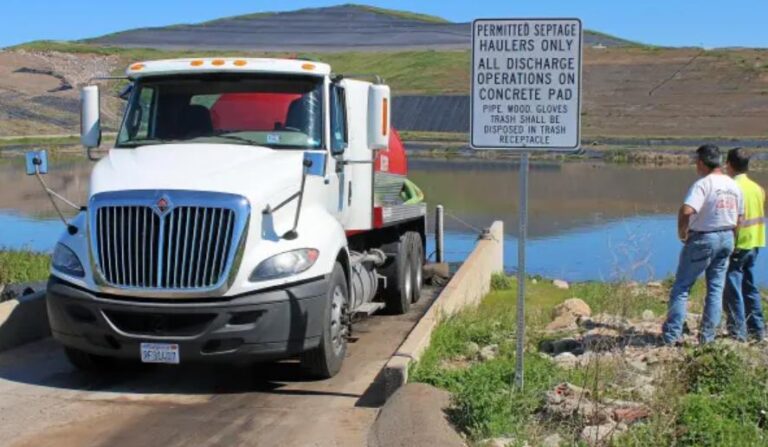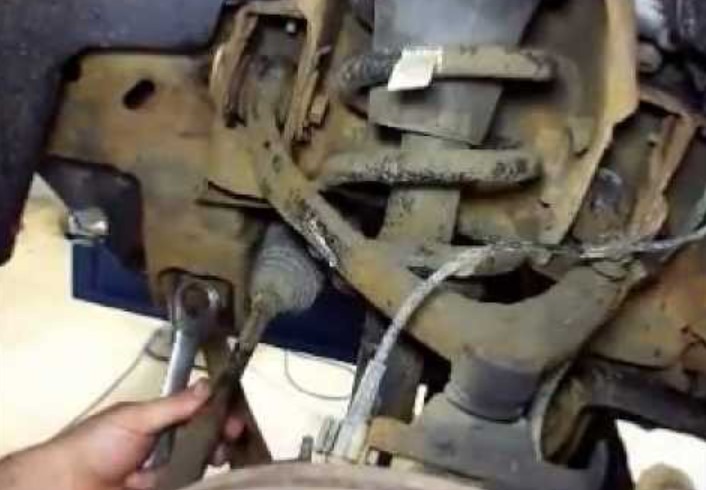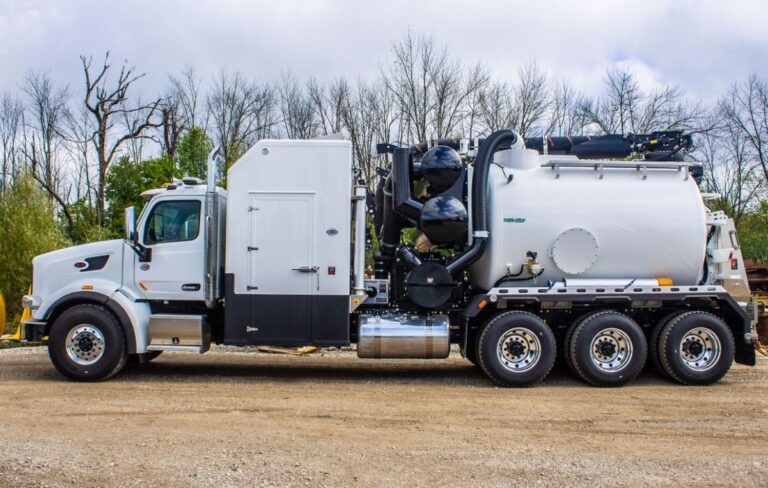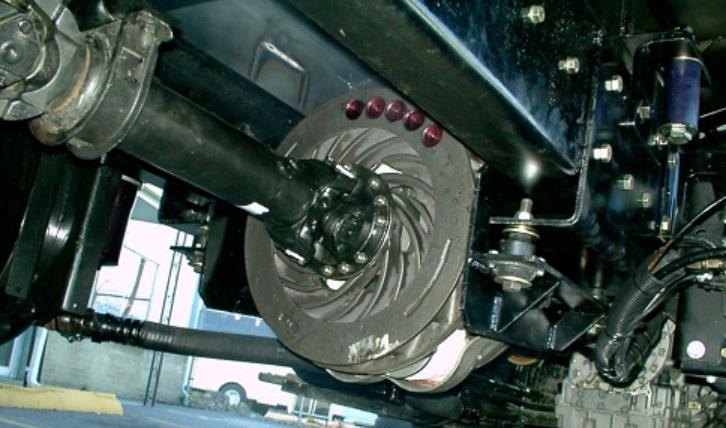How Much Sand Should I Put In My Truck Bed? [Answered]
In this article, we’ll explain How Much Sand Should I Put In My Truck Bed? Understanding the right amount of sand to put in your truck bed is crucial for safety and efficiency. This comprehensive guide will explore the key factors in determining the optimal sand quantity. By the end of this article, you’ll have a clear understanding of how to properly load sand into your truck bed.
Key Takeaways
- Optimal Sand Quantity: Learn how to calculate the right amount of sand for your truck bed.
- Safety Considerations: Understand the importance of not overloading your truck.
- Sand Type and Purpose: Different types of sand for various needs and their impact on weight.
- Vehicle Specifications: How your truck’s make and model affect sand loading.
- Loading Techniques: Best practices for loading and unloading sand.
How Much Sand Should I Put In My Truck Bed?
To determine the ideal amount of sand for your truck bed, consider your truck’s payload capacity. This information is usually found in the owner’s manual or on the manufacturer’s website. As a general rule, a half-ton pickup can safely carry up to 1,000 pounds of sand, while three-quarter and one-ton trucks can carry more.

Payload Capacity and Sand Weight
The weight of sand varies depending on its type and moisture content. For example, dry sand weighs about 100 pounds per cubic foot, whereas wet sand can weigh up to 120 pounds per cubic foot. Understanding this will help you calculate how much sand your truck can carry without exceeding its payload capacity.
Safety Considerations When Loading Sand
Overloading your truck with too much sand can lead to serious safety issues. It affects the truck’s handling, increases the risk of tire blowouts, and puts extra strain on the vehicle’s suspension and brakes.
Impact on Vehicle Handling
An overloaded truck bed can shift the vehicle’s center of gravity, making it difficult to control, especially at high speeds or in sharp turns. This can be dangerous, not just for you but also for other road users.
Types of Sand and Their Uses
Different projects require different types of sand. For instance, construction sand is heavier and more compact than beach sand. Knowing the type of sand and its specific use will guide you in loading the correct amount.
Construction Sand vs. Beach Sand
Construction sand is typically used for building and landscaping projects. It’s denser and usually contains a mix of different grain sizes. Beach sand, on the other hand, is lighter and finer, often used for recreational purposes.
Vehicle Specifications and Sand Loading
Every truck model has its specifications regarding payload capacity. Be sure to consult your truck’s manual to understand its limits.

Understanding Your Truck’s Payload Capacity
Payload capacity varies widely among different truck models. For instance, a Ford F-150 might have a different capacity compared to a Chevy Silverado. Knowing your specific model’s capacity is essential for safe sand loading.
Effective Techniques for Loading and Unloading Sand
Loading sand into your truck bed requires technique to ensure even distribution of weight. Uneven loading can lead to handling issues and potential accidents.
Balancing the Load
Distribute the sand evenly across the bed to maintain balance. Avoid piling it all in one spot, as this can affect the truck’s center of gravity and handling.
How Much Sand Should I Put In My Truck Bed For Winter?
For winter driving, adding sand to your truck bed can improve traction. The recommended amount is usually between 200 to 400 pounds, positioned directly over the rear axle to optimize weight distribution.
This weight is sufficient to enhance grip on icy roads without overburdening your truck. However, it’s crucial to not exceed your truck’s payload capacity. The exact amount depends on your specific truck model and the conditions you’ll be driving in.
How Much Sand Will Fit In A Pickup Truck Bed?
The amount of sand that will fit in a pickup truck bed depends on the truck’s size and its payload capacity. On average, a standard pickup truck can carry about 2 to 2.5 cubic yards of sand, which translates to approximately 3,000 to 4,500 pounds, assuming that sand weighs about 1,500 pounds per cubic yard. Remember, it’s essential to consult your truck’s manual for its specific payload capacity to avoid overloading.

How Many Pounds Of Sand Do I Need For The Back Of My Truck?
The number of pounds of sand needed for the back of your truck depends on the intended purpose. For regular use, like weight for traction in winter, 200 to 400 pounds is often sufficient.
However, for hauling purposes, it should be based on your truck’s payload capacity, typically not exceeding 60-80% of the maximum capacity to maintain safe driving conditions. A standard half-ton pickup truck, for example, can safely transport up to 1,000 pounds of sand.

How Many Sandbags Do I Need For A Truck Bed?
The number of sandbags needed for a truck bed primarily depends on the weight of each bag and the vehicle’s payload capacity. Standard sandbags weigh about 40 to 50 pounds each.
For improved traction in winter, you may need around 4 to 10 bags (160 to 500 pounds). Always distribute the weight evenly and ensure it aligns with your truck’s specific weight limits for safe driving.
Conclusion
In summary, the amount of sand to put in your truck bed varies based on your truck’s capacity, the type of sand, and its intended use. It’s vital to stay within your vehicle’s payload limits to ensure safe transportation. Remember, safety should always be your top priority when loading your truck with sand.
People Also Ask
How do I unload sand from my truck bed safely and efficiently?
If your truck has a dump feature, use it to unload the sand. Otherwise, use a shovel to remove the sand, starting from the top and working downwards. Always ensure the truck is on stable, level ground during unloading.
Is there a legal limit to how much sand I can carry in my truck?
Yes, there are legal limits based on your truck’s registered payload capacity. Exceeding these limits can result in fines and legal liabilities, especially if it leads to an accident.
Should I cover the sand in my truck bed during transportation?
Yes, covering the sand with a tarp can prevent it from being blown out of the truck bed, reducing the risk of accidents or road hazards.
How do weather conditions affect transporting sand in my truck?
Wet conditions can increase the weight of the sand due to moisture absorption, potentially leading to overloading. Also, driving in rainy or windy weather with a load of sand requires extra caution due to the altered driving dynamics.

Matt Rex brings 12 years of specialized automotive expertise, holding a professional degree in Automotive Engineering Technology. As the founder of Turbochaos, he delivers comprehensive diagnostic services, performance optimization, and fleet maintenance solutions, backed by advanced certifications in hybrid/electric systems and ADAS technology. Its innovative methodologies have earned industry recognition while maintaining a 98% customer satisfaction rate.






